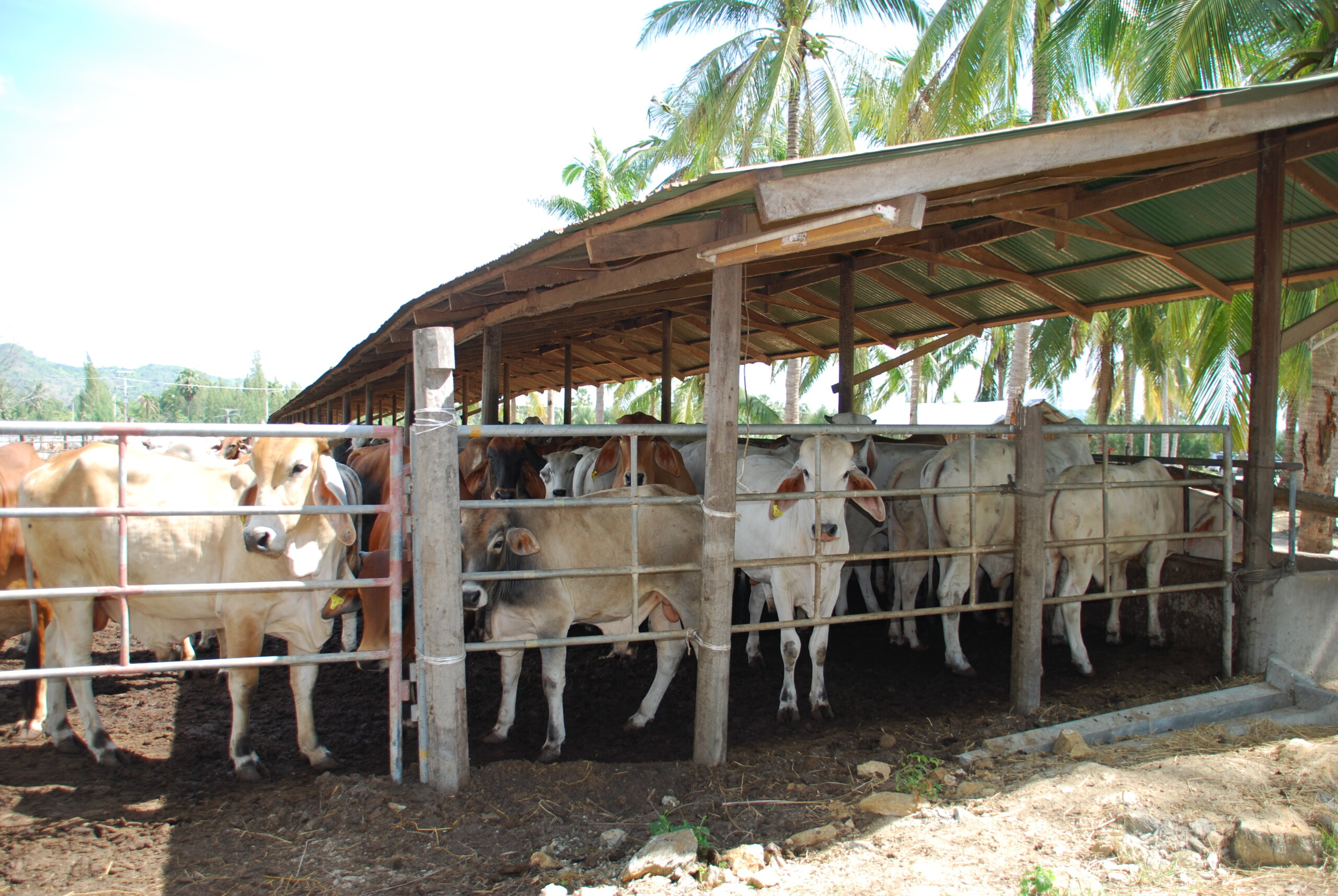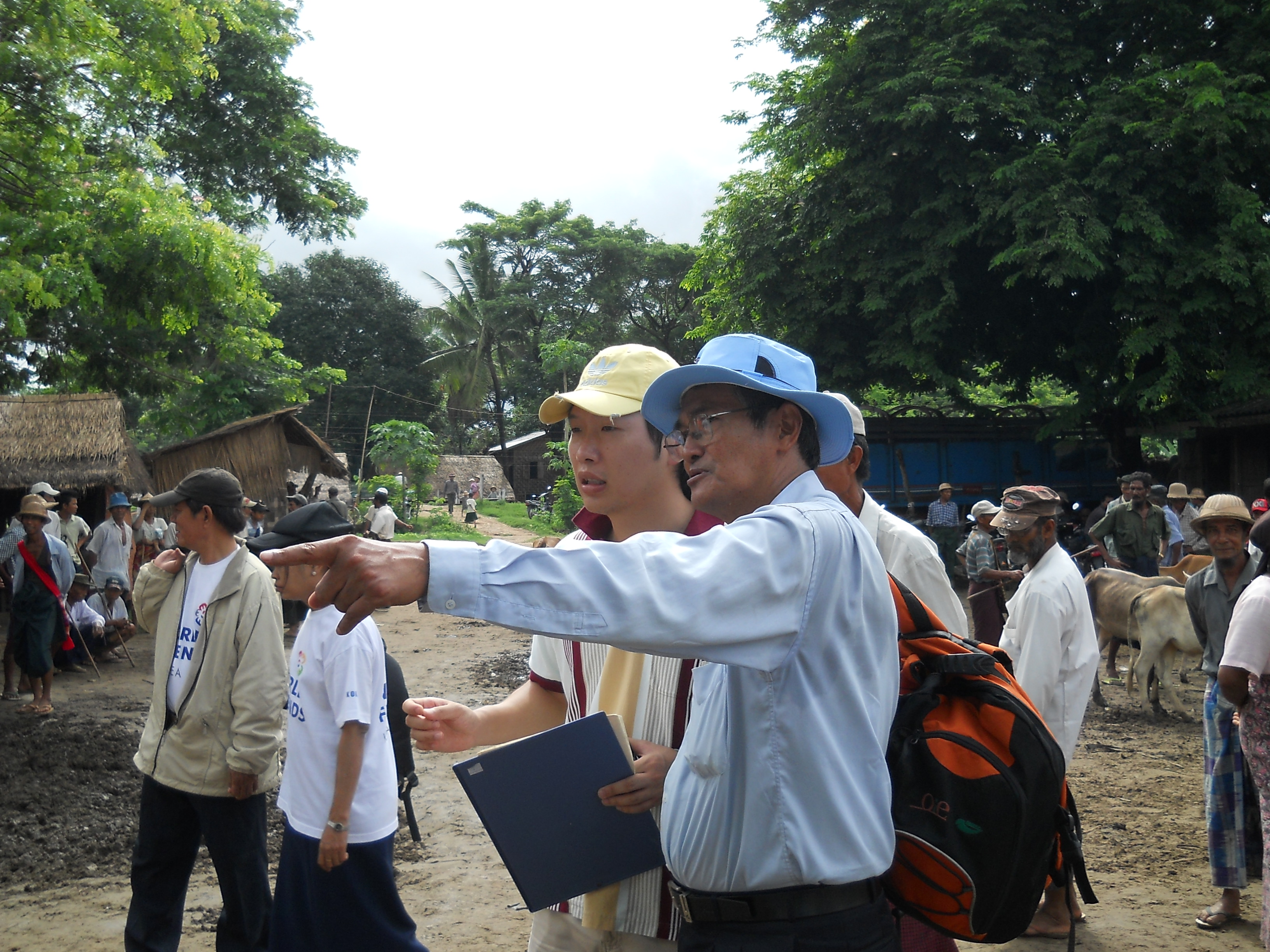
South-East Asia is endemic to several major Transboundary Animal Diseases (TADs), notably Foot and Mouth Disease (FMD), which significantly impacts animal health, economies, and public health. With over 600 million people, the region’s growing population, economic expansion, and high biodiversity make it vulnerable to TAD spread, especially due to increased livestock production, trade movements, and illegal wildlife trade. In the past decade, the region has seen the emergence and re-emergence of several TADs, including ASF, LSD, PPR, and FMD in previously free areas.
To address these challenges, WOAH has conducted various capacity-building activities in South-East Asia, including training in outbreak response, disease modelling, GIS, risk assessment, and safe trade. This training course aims to strengthen regional capacity by equipping veterinary professionals and policymakers with tools to assess and manage TAD risks, in line with WOAH and FAO guidelines. It is developed in partnership with the Spanish Centre for Animal Health Research (CISA-INIA/CSIC) and WOAH SRR-SEA under an Australian-funded DAFF project.
Strengthen the capacity of veterinary services in South-East Asia in conducting risk analysis for the control of transboundary animal diseases (TADs)
Develop participants’ skills in risk assessment
Enhance understanding of epidemiological tools for identifying and managing risks
Improve communication strategies related to risk assessment outcomes
Apply risk analysis principles to real-world scenarios in the South-East Asia context

